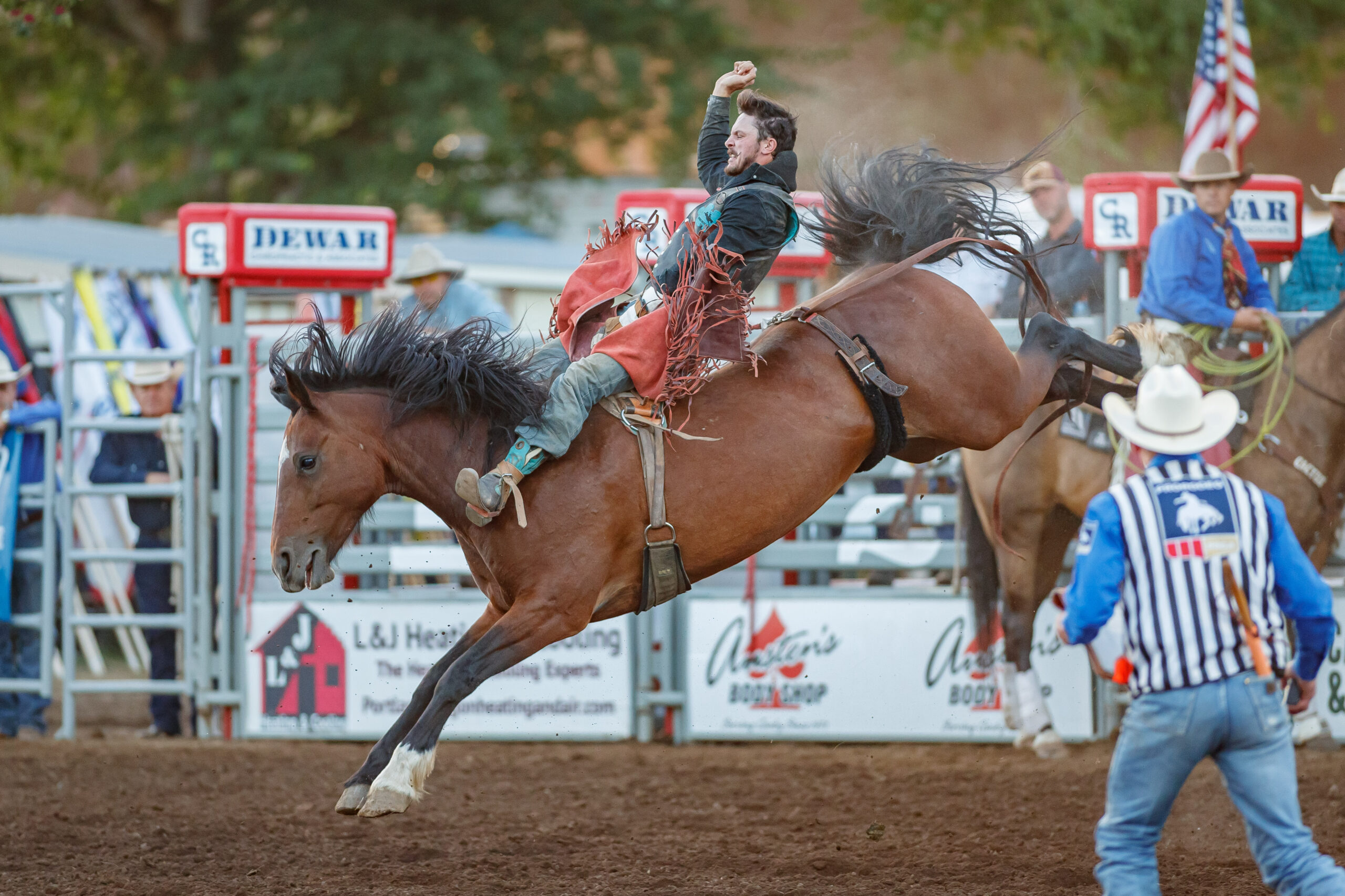The afternoon sun blazed down on the rodeo arena, dust swirling in the hot summer air. The crowd’s anticipation was palpable, but behind the scenes, the atmosphere was a mix of focused determination and quiet camaraderie. As I walked past the chutes, I couldn’t help but marvel at the sheer grit and guts it takes to be a bareback rider. These athletes, both human and horse, are nothing short of remarkable.
Bareback riding is one of the most challenging events in the rodeo circuit, demanding not just physical strength but an incredible mental fortitude. Imagine this: you’re gripping a rigging with one hand, no saddle or reins, just a suitcase-like handle wrapped in thick leather. The horse, a 1,200-pound bundle of raw power, explodes out of the chute, and for the next eight seconds, you’re locked in a battle to maintain control and exhibit perfect form.
The difficulty starts long before the rider enters the arena. Training to be a bareback rider is grueling. Athletes spend countless hours conditioning their bodies, focusing on core strength, balance, and endurance. It’s not just about holding on but doing so with style. The judges look for spurring technique, timing, and how well the rider matches the horse’s movements. Every ride is a test of finesse as much as it is of strength.
The physical toll is immense. Riders often suffer from chronic injuries, with shoulders, elbows, and wrists taking the brunt of the abuse. Imagine the strain of being whipped back and forth, your body contorted in ways nature never intended. Yet, these athletes push through the pain, driven by an insatiable love for the sport and the adrenaline rush that comes with it.
But let’s not forget the other half of this equation: the horse. These animals are athletes in their own right, bred and trained to perform in rodeos. They’re not just wild, bucking beasts; they’re conditioned and cared for meticulously. The best rodeo horses have a unique combination of strength, agility, and spirit. They’re selected for their ability to buck powerfully and consistently, making each ride a thrilling spectacle.
The relationship between rider and horse is fascinating. While it might seem adversarial, there’s a deep respect there. Riders know that their performance is intrinsically linked to the horse’s athleticism. The best rides happen when there’s a sort of harmony, a dance between man and beast, each playing their part to perfection.
Witnessing a bareback ride up close is nothing short of awe-inspiring. As the gate flies open, the rider’s free hand flares out, their spurs digging into the horse’s shoulders in a rhythmic motion. The horse bucks and twists, trying to throw the rider off. The crowd’s roar crescendos, reaching a fever pitch as the eight-second mark approaches. When that buzzer finally sounds, it’s a mix of relief and triumph, a testament to the raw determination and skill of both rider and horse.
In the end, being a bareback rider is about embracing the pain and the challenge. It’s about the moments when everything clicks, and for those few seconds, you’re not just riding a horse; you’re part of something bigger, a timeless dance of power and grace. It’s a demanding path, but for those who choose it, the reward is an unmatched sense of achievement and an undeniable connection to the rugged spirit of the rodeo.

